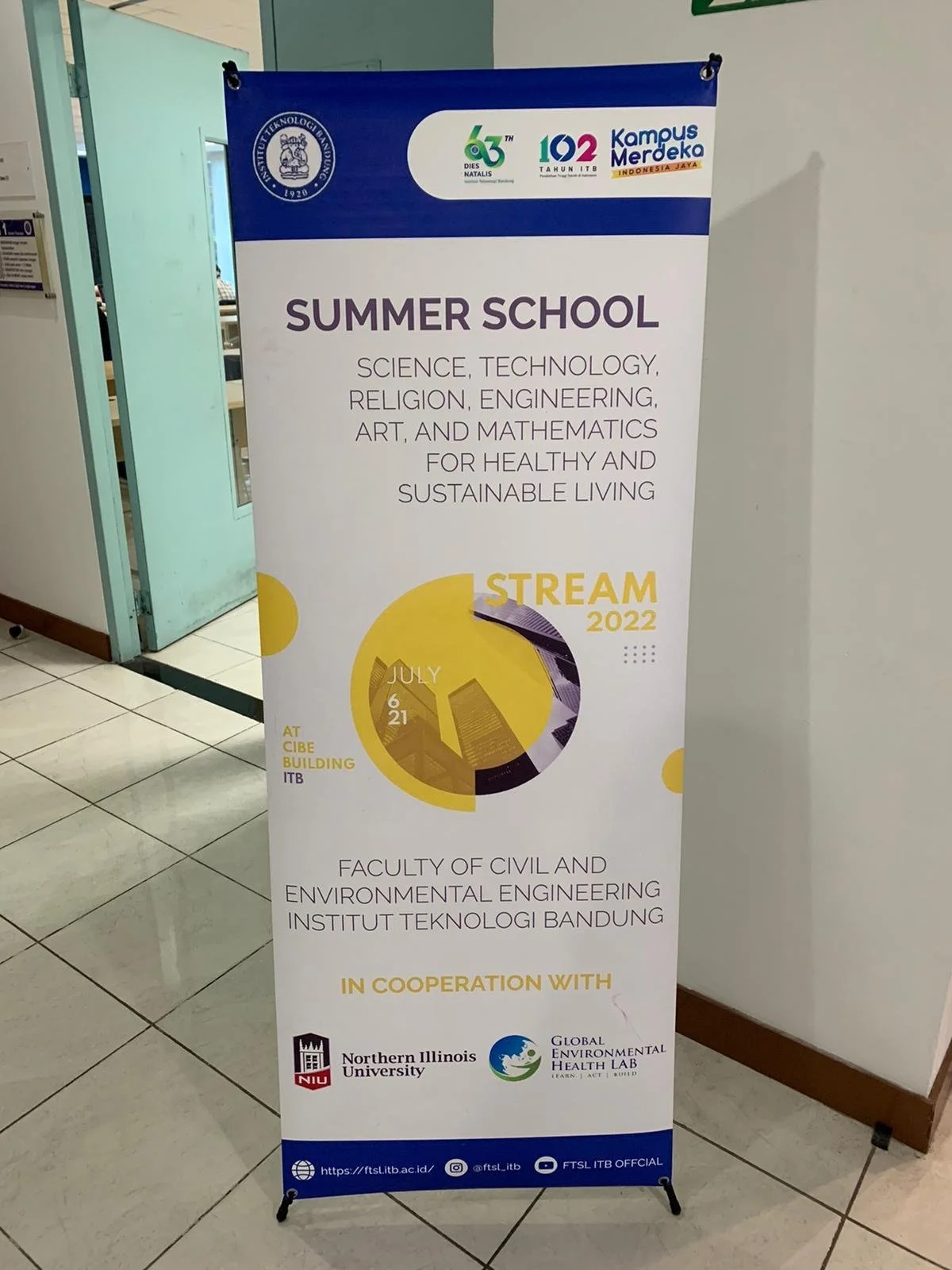Giving my first graphic medicine lecture
Last week, I had a pleasure of giving a lecture on graphic medicine to a group of Indonesian students within the summer school on Science, Technology, Religion, Engineering, Art, and Mathematics (STREAM) for Healthy and Sustainable Living at Bandung Institute of Technology. I gave an introduction to graphic medicine to both in person and online students, covering much of what I briefly discussed in the yesterday's post.
At first, the idea of giving a talk about comic books was a little strange. After all, the best way to get yourself familiar with the field of graphic medicine is to read a bunch of them.
Another excellent method is to simply draw. To get warmed up and lessen any potential intimidation that drawing might bring, we began with a coloring exercise. I loved seeing how invested the students were in coloring the sheets I'd prepared for them and gave them as much time as they needed to finish.
Then it was time to work in groups. I chose group work to help the students feel more confident. The first exercise involved illustrating a statistic or a problem. I provided a few examples, but the students were free to use examples from their own field or community. They could also use any resources to their advantage, such as searching the internet for reference images and facts.
To conclude the lecture, we drew what the students had learned or experienced during the summer school. They could draw any new concepts that they had learned, any challenges they had encountered while working with others, or any memorable momments, whether funny, unexpected, or reflective.
I had some concerns about how the exercises will be received by the students. It's probably fair to say that most of them don’t draw on a regular basis. Also, culturally, Indonesian students are less accustomed to taking the initiative and speaking up in the classrom. Additionally, because most of the students didn't study health sciences, I had to select activities that would be beneficial for the entire class. I approached each group as the exercises progressed to give advice, answer questions, and offer encouragement.
I wanted the students to see those exercises as an invitation to be more reflective and creative without worrying about the quality of their drawings and technical skills. And I was positively surprised. The students had never heard of graphic medicine before and were really interested in the topic. They were initially hesitant to share their drawings, but they eventually warmed up. They created amazing drawings, some of which are shown below, and I enjoyed learning about the thought processes behind them. Encouraged by this experience, I hope to spread the word about graphic medicine more frequently in the future.










